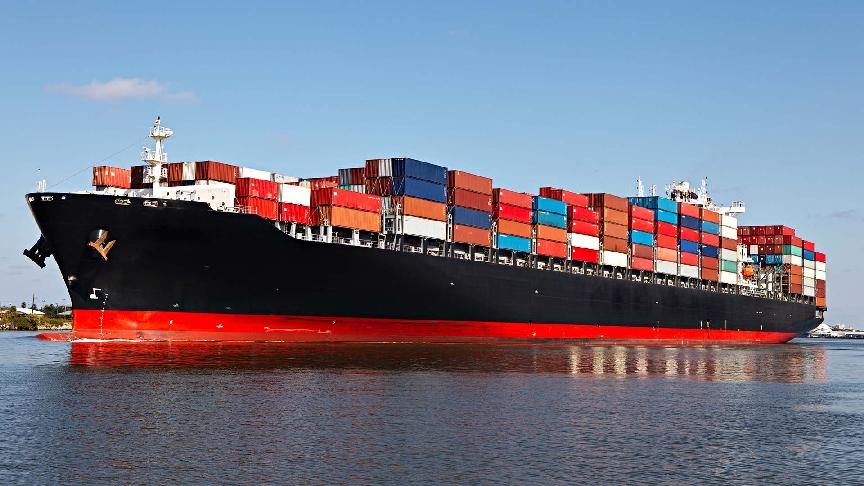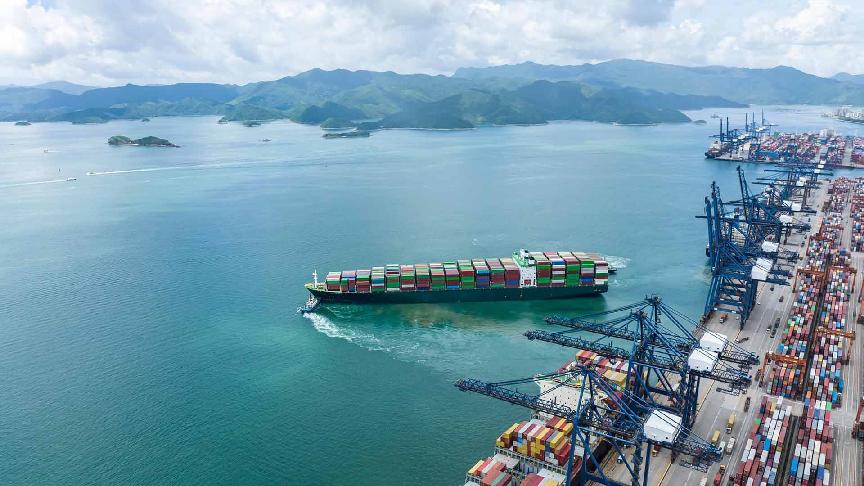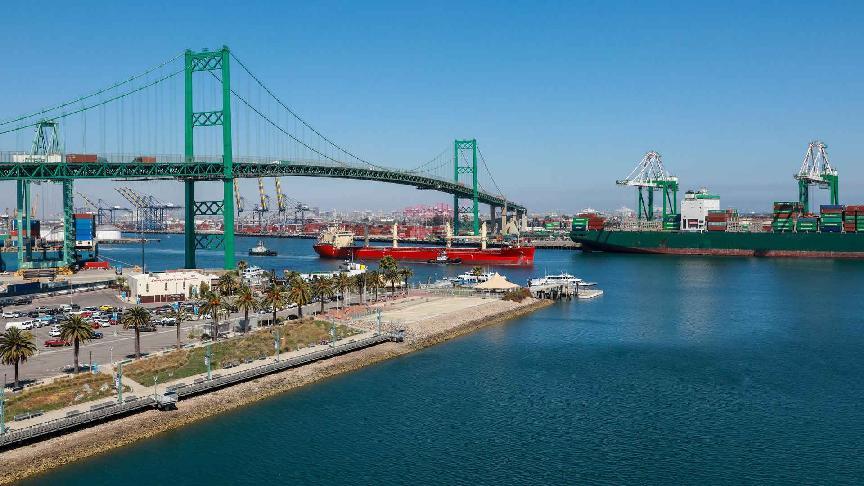8 February 2024 (Lloyd's List) - THE ports of Los Angeles and Long Beach have enough slack to deal with diversions emanating from the Red Sea crisis, although initial data does not suggest a surge in cargo thus far, according to port of Long Beach executive director Mario Cordero.
“So far, we have not seen more than a nominal increase in cargo volumes at the port of Long Beach. The same is true up and down the west coast,” he said.
“Meanwhile, the San Pedro Bay port complex is well prepared if the situation necessitates to accommodate additional cargo volume as diversions may happen.”
Cordero was speaking at an informal public hearing on Wednesday with the Federal Maritime Commission on the Red Sea crisis, where retail industry representatives warned of congestion that could impact the west coast in the near term.
“The Federal government needs to be working now to help avoid congestion in the coming months,” National Retail Federation vice-president of supply chain and customs policy Jonathan Gold told regulators.
“Shippers are looking to shift back to the west coast ports. We need to make sure our ports, terminals, railroad, drayage providers and warehouses are ready for increased cargo volumes. Some believe this congestion could begin in the next four to six weeks, so we need to start speaking to stakeholders now to plan appropriately.”
Cordero said shippers have been diverting cargo back to the west coast, but so far that was likely stemming from the resolution of the west coast labour situation during the summer, while the Panama Canal restrictions could also be supporting the diversions.
The Red Sea crisis’ impact thus far on the east coast ports appears to be schedule delays, but not a loss of cargo.
“In the port of Long Beach, we had a 17% increase in imports in January” he said.
“None of that I believe is due to the Red Sea potential diversions. We don’t have the data to say we are receiving any diversions [from the east coast]. We do know that even in the east coast, it’s been commented, is not the question of reduced volumes, but increased delays in scheduling.”
The San Pedro Bay complex is operating at about 70% to 75% capacity and should be able to quickly pivot to address and surge that may approximate Covid-19, Cordero said.
However, he caveated that the geopolitical situation is such that it’s impossible to know “what is going to happen tomorrow”, and that while rail operations in the San Pedro Bay have improved, a cargo surge will require flexibility across the supply chain.
FMC commissioner Louis Sola shared Cordero’s view that an overwhelming cargo surge is not imminent.
“I am sure that you are ready for what is going to come in the next four to six weeks,” said Sola.
“I think it’s going to be a blimp rather than a bomb.”






